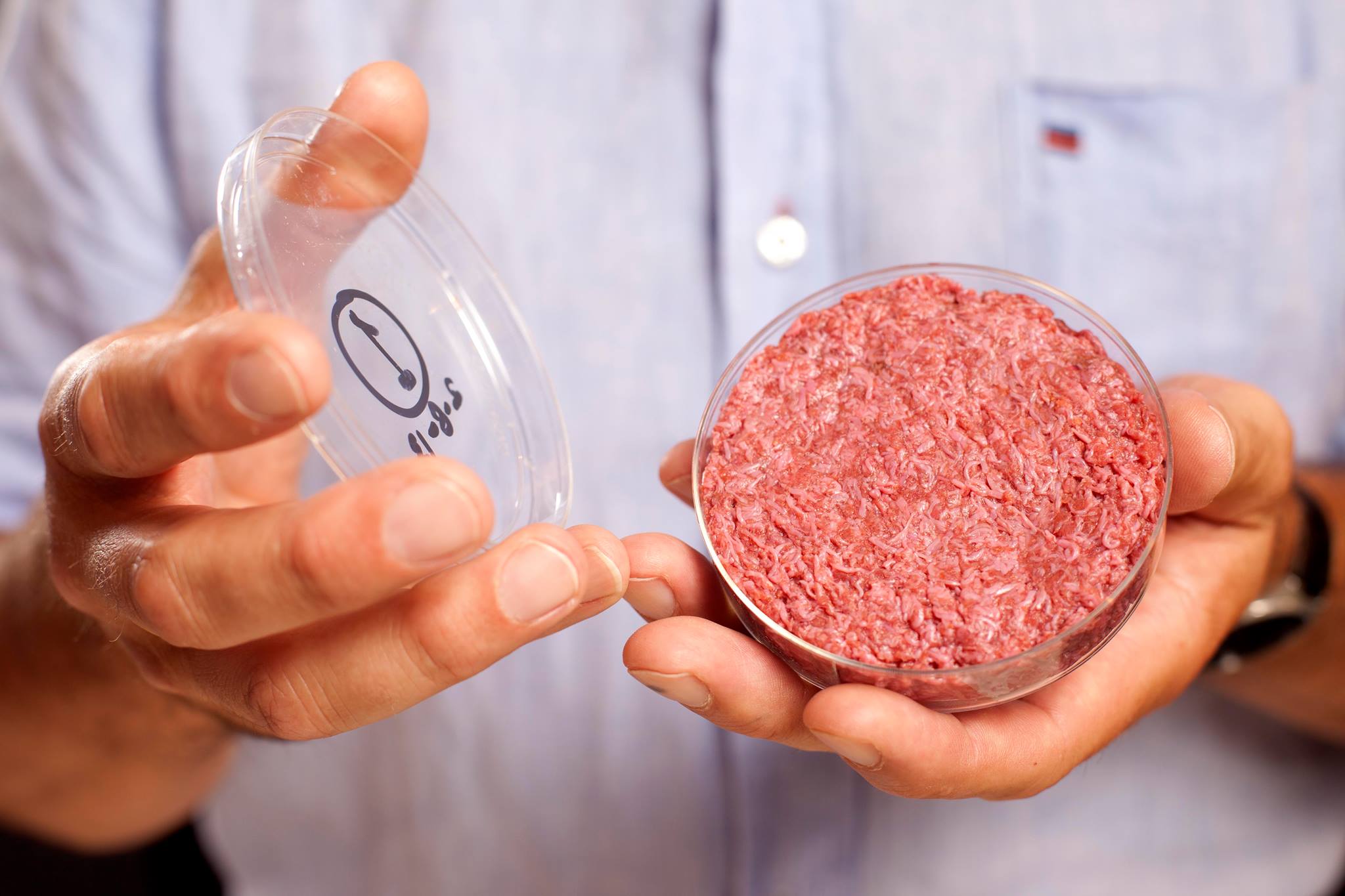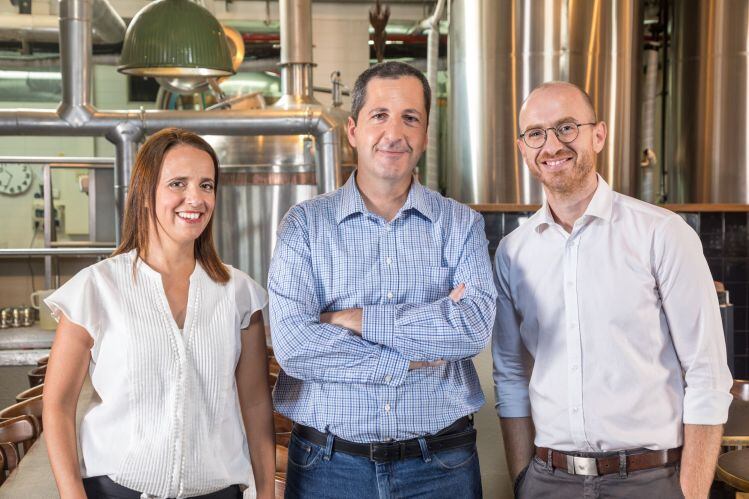The Series A round was led by Stray Dog Capital, CPT Capital, New Crop Capital, and Clear Current Capital, each of which participated in BlueNalu’s $4.5m seed round.
Additional strategic investors include animal nutrition and aquafeed firm Nutreco; product development firm Griffith Foods; healthy foods co Pulmuone; Sumitomo Corporation of Americas; and Rich Products Ventures, the corporate venture arm of food manufacturer Rich Products Corp; while new investors to the round include KBW Ventures, led by Saudi Royal family member Prince Khaled bin Alwaleed bin Talal Al Saud.
Our initial volumes will be relatively small, literally a handful of restaurants
While no one has yet produced commercial quantities of cell-based meat or seafood, a handful of startups in the space have now secured funding to build pilot plants, which will finally take the technology from the theoretical to the practical realm, said BlueNalu president and CEO Lou Cooperhouse, who forged connections across the food industry in his previous role as executive director of the Rutgers University Food Innovation Center.
“What’s attracted a lot of investors is that they see not just a platform technology with a wide array of species without genetic engineering, but that we’re also putting the infrastructure in place for large scale production and distribution on a global basis. We’ve got two supply chain partners and three marketing and sales and distribution partners, each of which will play a role in helping us get to market.
"This funding will enable us to put in the infrastructure to support small scale production and it's our ambition to be in a test market some time in the second half of 2021."
Since the seed funding round, he added: “We’ve been able to demonstrate a clear strategy for the large scale production of cell-based seafood.”
“Over the next 12 months we’ll be in the 500 liter to 2,000 liter bioreactor size to support our initial test market. Our initial volumes will be relatively small, literally a handful of restaurants, so we can demonstrate that our product has appeal across a broad array of restaurant venues, and as our volumes build, we’ll reach a far broader audience.”

Despite all the hype, most startups in the space are still working in a laboratory (as opposed to a factory), although several have recently raised more substantial sums (Memphis Meats: $161m, BlueNalu: $20m; Future Meat Technologies: $14m, Wild Type: $12.5m, Aleph Farms: $12m, Meatable: $10m) to support the construction of pilot-scale facilities.
Maastricht-based Mosa Meat – which is gearing up for a small scale commercial launch in 2022 assuming it has cleared regulatory hurdles - recently joined forces with Nutreco (which has invested an undisclosed sum in the firm along with Lower Carbon Capital) to work on growth media; Delft-based Meatable hopes to have a small scale pilot facility online in early 2022; Emeryville, CA-based Finless Foods is gearing up for a Series A; while Jerusalem-based Future Meat Technologies plans to release hybrid products in 2021 and a second line of 100% cell-based ground meat products suitable for burgers and nuggets at a cost of “less than $10 per pound” in 2022.
Cold extrusion
BlueNalu is working with cell lines for multiple species including tuna, red snapper, and yellowtail amberjack, but is likely to launch with mahi mahi.
Different cell types will be grown in separate bioreactors (co-culture is "very difficult to manage at a large scale," says CTO Dr Chris Dammann) and then combined post harvest and formed into shapes via a type of cold extrusion process.
"Probably 90-95% of the product is muscle, so there's a heavy focus on that," added Dr Dammann, who said BlueNalu had made significant progress in bringing down the cost of growth media, and had also started to file a series of patents (although these will not cover growth media – the recipes for which will remain trade secrets).
“Growth regulators [which can be manufactured at scale via microbial fermentation] are the biggest chunk of the cost, and it’s an ongoing process and part of it is understanding which ones are essential as well as finding cheaper sources, but we’ve shown a [costing] curve that goes down consistently.”
From a regulatory perspective, BlueNalu has also been working closely with the FDA, said Cooperhouse. “Right now it’s all about information sharing so they can gain comfort and confidence that we’re committed to safety and complete transparency.”
The addressable market for cell-based seafood
So are the drivers for cell-based seafood the same as those prompting interest in cell-based sausages and burgers?
Broadly, yes, said Cooperhouse, who said the plant-based meat industry had really paved the way for the cultured meat industry, while both tapped into growing interest from consumers and investors in products enabling shoppers to express their values through their purchases.
That said, given the laundry list of problems linked to the seafood industry - from overfishing to inhumane slaughter, toxins, contaminants, pollution, plastic, fraud, mislabeling, illegal labor practices, habitat damage, bycatch and inconsistent quality and freshness – you could argue that seafood is an even more compelling place to start than beef if you're interested in cellular agriculture, he said.
As for the size of the cell-based seafood prize, meanwhile, the addressable market is vast, he claimed.
“AT Kearney is predicting that cell-based protein will take a 35% global market share of all meat consumption by 2040, and even if that prediction is off by a significant amount, we’re still talking about tremendous potential. We’re talking about a complete transformation of our meat supply, so in future we’ll have conventional meat and seafood, plant-based and cell-based.”

What’s in a name? A word with Hawaiian origins, nalu (the noun) most commonly refers to waves and surf, says BlueNalu. As a verb, it means to meditate, ponder, or contemplate, while ‘Nalu it,’ is also slang for ‘go with the flow.’
While much of the focus on finding alternatives to seafood focuses on sustainability, there is also an animal welfare component to cell-based seafood. Fish do not have a quick and painless death, even if their lives are more enjoyable than their factory farmed feathery or furry counterparts, says BlueNalu president and CEO Lou Cooperhouse: “They are dying a slow death from asphyxiation or live evisceration or depressurization, and it's not pretty.”




